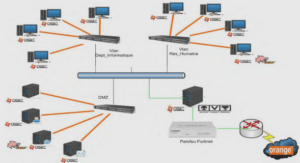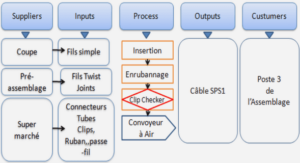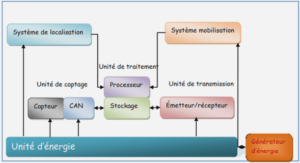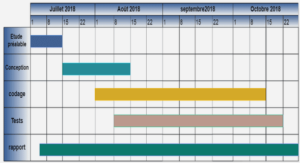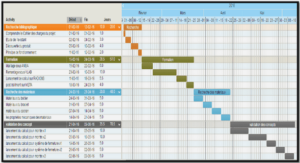Genetic diversity and equilibrium tests
INTRODUCTION
The Connecticut Warbler {Oporornis agilis) is a secretive passerine and many aspects of its reproductive behavior are unknown. Pitochelli et al. (1997) wrote in their review that: « It has not been the primary subject of any biological research ». This bird is a late neotropical migrant who forages and breeds on the ground but sings at the top of trees (Pitochelli et al. 1997). A large part of its breeding range occurs in Canada, from British Columbia to Quebec and south of the Great Lakes region of the United-States (Pitochelli et al. 1997). However, population density is low within this large range (Cadman et al. 2008; Cooper et al. 1997). Internationally, the species is considered least of concern by the IUCN (2010) and apparently secured by NatureServe (2010). However, nationally it is considered threatened by the province of British Columbia (Cooper et al. 1997; Cooper et Beauchesne 2004). NatureServe Explorer also lists it as: imperilled (S2) in British Columbia, Saskatchewan, Wisconsin and Minnesota and unranked for Michigan [between S2 and S3(vulnerable)] (NatureServe 2010). Globally, it is perceived as vulnérable or imperilled in at least the third of its breeding range.The Connecticut Warbler is an insectivorous long-distance migrant bird, a category that is most affected by anthropogenic changes (Bohninggaese et al. 1993). Even if Canada represents 80% of world breeding area, its status has yet to be formally evaluated (COSEWIC2010).An important aspect in the biology of the Connecticut Warbler is its large versatility in breeding habitat selection: Poplar trees (Populus sp) stands in Western Canada, Black Spuce (JPicea mariana) and Tamarack Larch (Larix laricina) fens in Minnesota, Manitoba and Ontario, and mainly in Jack Pine (Pinus banksiana) in Quebec (Pitochelli et al. 1997). This is particularly intriguing as all these habitats are generally present across the breeding range. Reasons for these geographical habitat preferences could be genetics. The presence of genetic variation could be explained by subspecies or ecotype in the Connecticut Warbler population with no phenotypic variation.
Little is known of the biology and population genetic of this bird. Microsatellite techniques which began in 1989 (Schlotterer 1998), provide an easy way to evaluate population genetic and assess parentage with simple DNA sampling (Dawson et al. 2010). Microsatellites are the most popular genetic markers used in the molecular genome by ecologists (Nunome et al. 2006; Selkoe et Toonen 2006). No study had yet identified or used microsatellites in this species. Identification of microsatellites would be useful for population studies across the breeding range, determination of nestling sex ratios, and understanding of mating strategies. In bird genomes, females are heterogametic (ZW) and males homogametic (ZZ) (Ellegren 2001). For sex determination, a part of the Chromobox-helicase-DNA-binding gene situated on the sexual chromosome is amplified, generating two fragments of the same size for the male and of different sizes for the female (Cent et Avanus 2007; Marshall Graves 2009). The technique for sex determination of many birds species based on the CHD gene is the one developed by Griffiths et al. (1998; Jensen et al. 2003).
|
Table des matières
INTRODUCTION
La Paruline à gorge grise:
Statut:
Territoire:
Comportement reproducteur:
Outils génétiques:
Objectifs:
ABSTRACT:
INTRODUCTION
METHOD:
Field area :
Capture, bird measurements and male status:
Nest :
Video :
Statistics:
Date and bird measurements:
Singing activity:
Nest:
Adult behavior at nest
Nocturnal activity
Diurnal activity
Before hatching
After hatching
DISCUSSION
Date and bird measurements
Song activity
Nest
Adult behavior
Nocturnal activity
Diurnal activity
Before hatching
After hatching
Acknowledgements
CHAPITRE 2
ABSTRACT
INTRODUCTION
METHOD
Field area
Blood sampling
DNA extraction and analysis
Statistical analysis
RESULTS
Sex determination
Genetic diversity and equilibrium tests
Parental assignment.
DISCUSSION
Acknowledgements
CONCLUSION
Comportement reproducteur
Outils génétiques
Limite de la recherche
BIBLIOGRAPHIE
Télécharger le rapport complet

